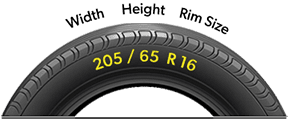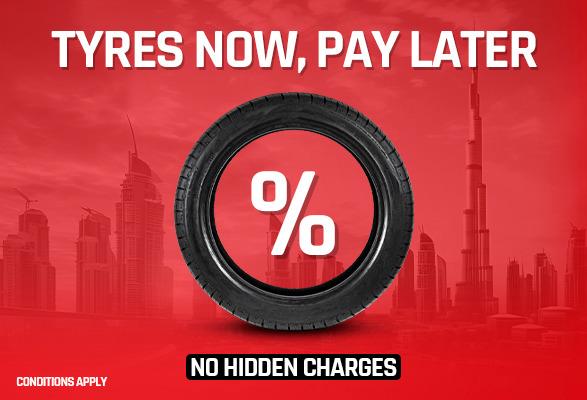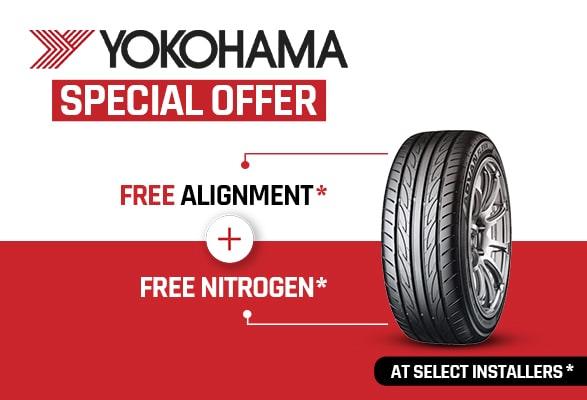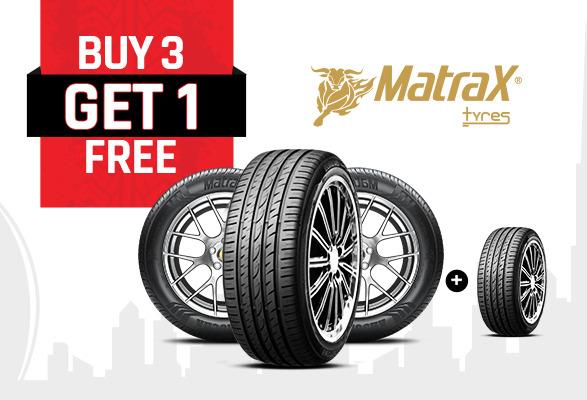Types of Tire Tread Patterns & Their Use
The markings on your tires are called tread patterns or tread design. The tread pattern on your tire is not meant for aesthetic purposes but serves essential functions. The pattern is what determines your car's performance in different road and weather conditions. Therefore, knowing more about the tread pattern is critical for any car owner.
Moreover, you might have noted that the tread pattern on your friend’s car tyres or any other person car tires is different from yours. The reason is that there are different types of tread patterns, each with a different purpose. Therefore, in this article, PitStopArabia will discuss the different types of tread patterns that are available and to what purpose they are used.
Directional/Unidirectional Pattern
These tires are meant to roll in only one direction, and the arrow pattern points to the direction. These are mostly used on all-season tires, are effective in reducing hydroplaning, and provide adequate grip is light snow as well.
These tyres should be rotated front to back without changing the sides after 10,000 km. The downside to such types of tyres is that they have a shorter tread life.
Symmetrical Pattern
It is the most common tread pattern and found on a majority of non-high performance passenger cars. The patterns on such a tire are similar across the whole of the tire and can have continuous grooves, independent lugs or both. These are quite long-lasting and offer excellent fuel consumption.
For a person that drives around daily, these are the ideal tyres. However, they do not work well in wet conditions and do not offer high-performance characteristics.
Asymmetrical
Most sporty and high-performance cars will feature tires with this pattern. Tyres with asymmetrical patterns combine different types of patterns to provide excellent performance and grip on wet and dry surfaces.
The inside or the middle part of the tire are designed to provide grip on wet and slippery surfaces. On the other hand, the outer part features large tread blocks, which are helpful in providing grip on dry surfaces. The downside is that they are costly and have a short tread life. They can be rotated in various patterns.
Directional/Asymmetrical
These tyres are harder to locate, which is their downside and can be very costly. As the name suggests, these tyres offer the best of directional and asymmetrical tires. Such tires feature the arrow-shaped pattern of directional tires which is useful in minimising aquaplaning. Moreover, they provide the same level of dry grip of asymmetrical tires.











































Conclusion
After reading the article, we are hopeful that you understand the patterns on your tires are playing a vital role in your driving experience. This information can prove useful the next time you find yourself in a tyre shop or a conversation involving tyres.